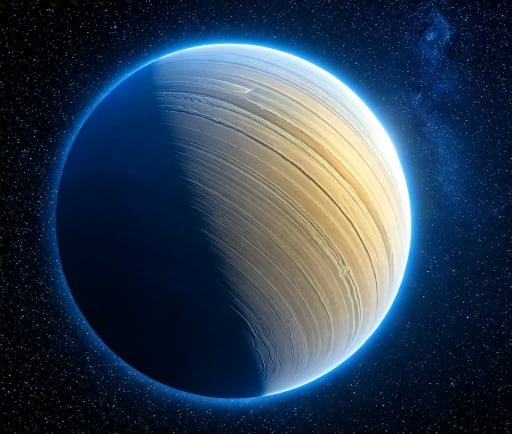Exploring HR 8799: The First Exoplanet System Ever Directly Imaged


Introduction to HR 8799
The remarkable discovery of HR 8799, the first exoplanet system ever directly imaged, marks a significant milestone in our understanding of planetary formation and astrophysics. Located approximately 130 light-years away from Earth, HR 8799 is a relatively young star system that has garnered considerable attention from astronomers and scientists alike. This system is particularly notable for its four giant exoplanets—HR 8799 b, c, d, and e—which provide fascinating insights into their formation, atmospheres, and the dynamics within such planetary systems.
The Giants of HR 8799
HR 8799 b, c, d, and e are gas giants, and their direct imaging is crucial for studying their characteristics and behaviors. Observations conducted with advanced telescopes have allowed researchers to capture high-resolution images of these distant worlds. With their impressive sizes, these giant exoplanets are considerably larger than Jupiter, prompting questions about their formation processes. Their existence challenges existing theories about how planetary systems develop, suggesting new avenues for research and exploration.
Significance of Direct Imaging
The direct imaging of HR 8799’s planets has opened a new chapter in the study of exoplanets. Prior to this breakthrough, most exoplanets were detected through indirect methods, such as the transit method or radial velocity. The ability to directly image these celestial bodies allows for a more in-depth analysis of their atmospheric compositions, temperature profiles, and potential weather patterns. This method also enables astronomers to study the light spectra emitted by these planets, providing vital clues regarding their atmospheric elements.
Furthermore, the insights gained from HR 8799 are vital for understanding the evolution of planetary systems. By studying the atmospheric conditions of these exoplanets, scientists can draw parallels to our own Solar System, and learn how gas giants originate and evolve over time. This knowledge will contribute to the ongoing search for habitable planets and the possibility of extraterrestrial life.
Conclusion
In conclusion, the HR 8799 system stands as a landmark in the field of astronomy and exoplanetary science. The direct imaging of its four giant exoplanets allows for unprecedented exploration of their formation and atmospheric conditions. As advanced observational techniques continue to develop, the study of systems like HR 8799 will undoubtedly enhance our understanding of the universe and our place within it. As we continue our exploration of the cosmos, HR 8799 serves not just as an object of study but as a beacon that illuminates the paths to future astronomical discoveries.
